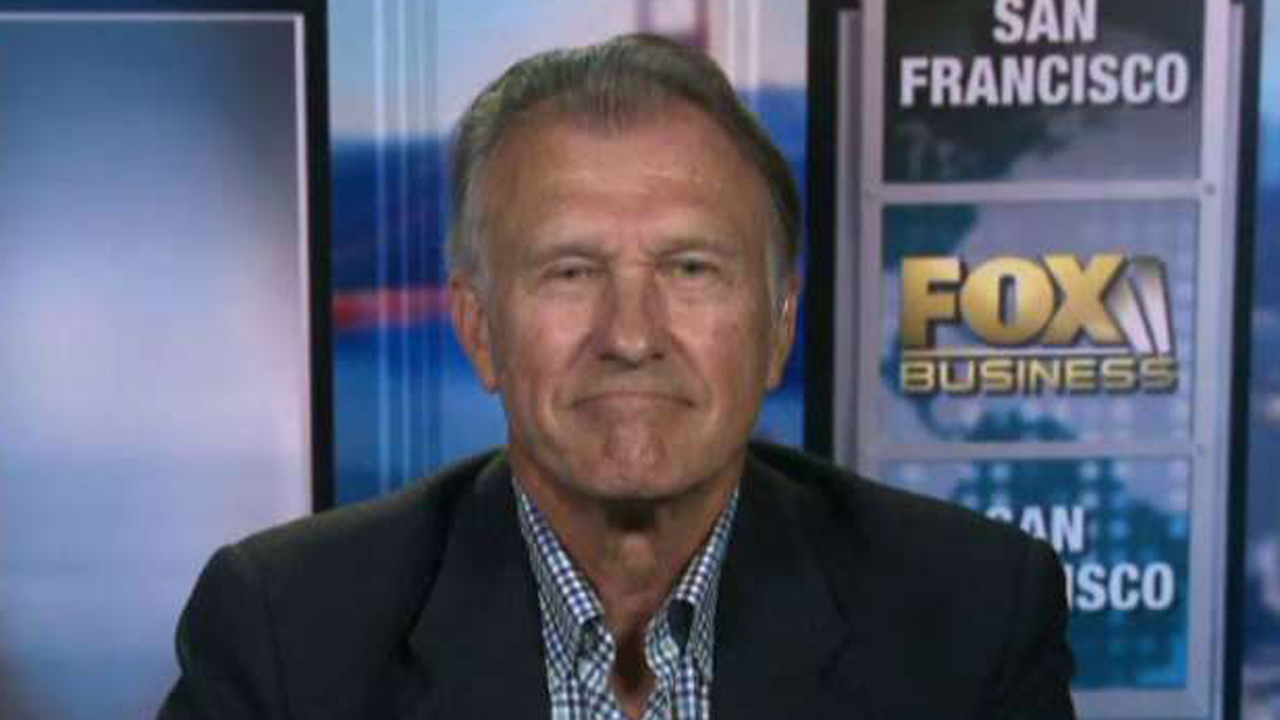Economy Keeping Lid on Bank Revenues: Fmr. Wells Fargo CEO Kovacevich
First-quarter bank earnings season is officially underway with three of the nation’s biggest financial institutions out with their results so far this week.
JPMorgan Chase (NYSE:JPM) on Tuesday beat lowered expectations amid lower costs and better-than-expected trading revenue. However, the nation’s biggest bank by assets also saw a drop in investment banking fees and revealed its first profit decline in five quarters.
Wednesday, Wells Fargo (NYSE:WFC) and Bank of America (NYSE: BAC) were out with their results. Bank of America reported an 18% drop in profit as revenue in six of its main businesses saw declines. Wells Fargo, meanwhile, saw a 7% drop in profit for the quarter, while total revenue rose 4.3%.
Citigroup (NYSE:C) is scheduled to release its earnings on Friday, followed next week by Goldman Sachs (NYSE:GS) and Morgan Stanley (NYSE:MS).
The banks continue to struggle under pressure from the energy industry as oil prices have plunged since the summer of 2014 and the glut of global supply has helped push companies to default on their loans.
Richard Kovacevich, who served as Wells Fargo chairman and CEO from 1998 to 2007, said in an interview with the FOX Business Network’s Neil Cavuto, that revenue growth at the nation’s biggest banks have become stagnant because U.S. economic growth has remained around 2% as interest rates have stayed at a near-zero bound.
“Despite those headwinds, the last couple of years have been record earnings for the industry. Balance sheets have been better than they’ve ever been, there’s more capital than ever. But from these record earnings, the only way they’re going to grow is if revenue increases,” he said.
He went on to say the only way for that to happen is if economic growth picks up.
During the fourth quarter of 2015, the U.S. economy grew at an annualized rate of 1.4%, according to the Commerce Department. That was better than forecasts for 1% growth. However, expectations for the first three months of 2016 put the growth rate at 0.7%.
That figure comes in light of a string of weak economic data. Both producer and consumer price inflation fell more than expected in March, retail sales for the month saw an unexpected decline, and import, export prices were also weaker than forecasted.
“We should be able to be growing at 3% or better, but we’re not because of monetary and fiscal policies,” Kovacevich said.
The Federal Reserve has opted to keep interest rates steady at between 0.25% and 0.50% for the first four months of 2016. The next policy-setting Federal Open Market Committee meeting is scheduled for the final week of April, but according to Fed Funds futures, a tool used to express market views on the likelihood of monetary policy changes, the odds of a rate increase at that meeting stand at just 1%. The odds creep up to 62% by the FOMC’s December meeting.
The central bank has expressed skepticism of the economy’s ability to withstand higher rates as both inflation and labor-market strength continue to move within their respective targets. The Fed said it is keeping a close eye on the health of the global economy in the context of continued U.S. strength.




















